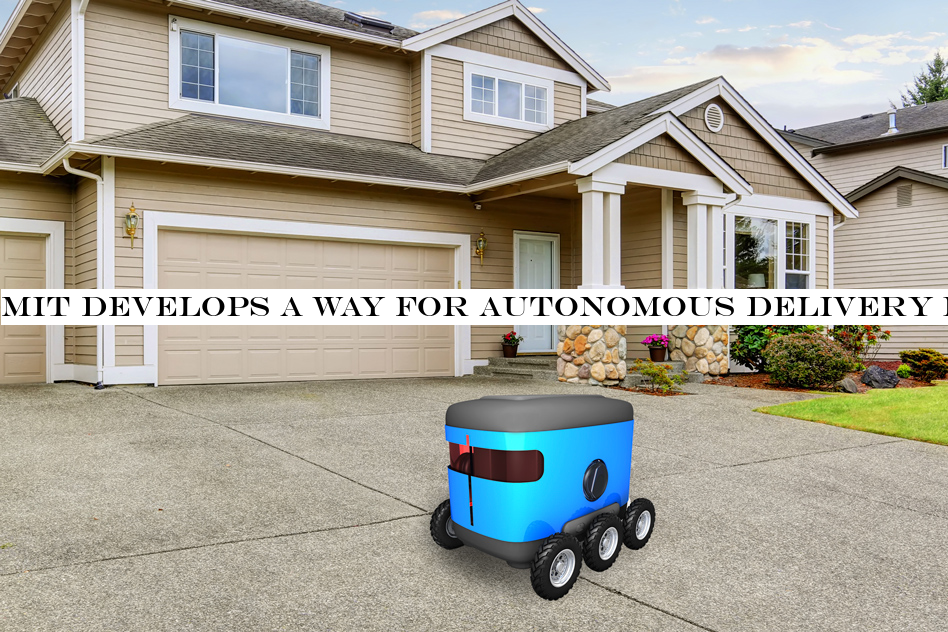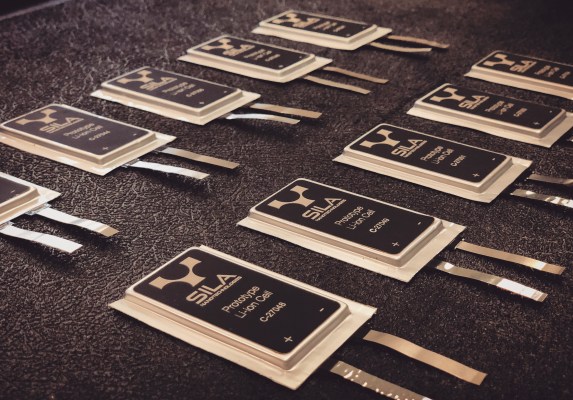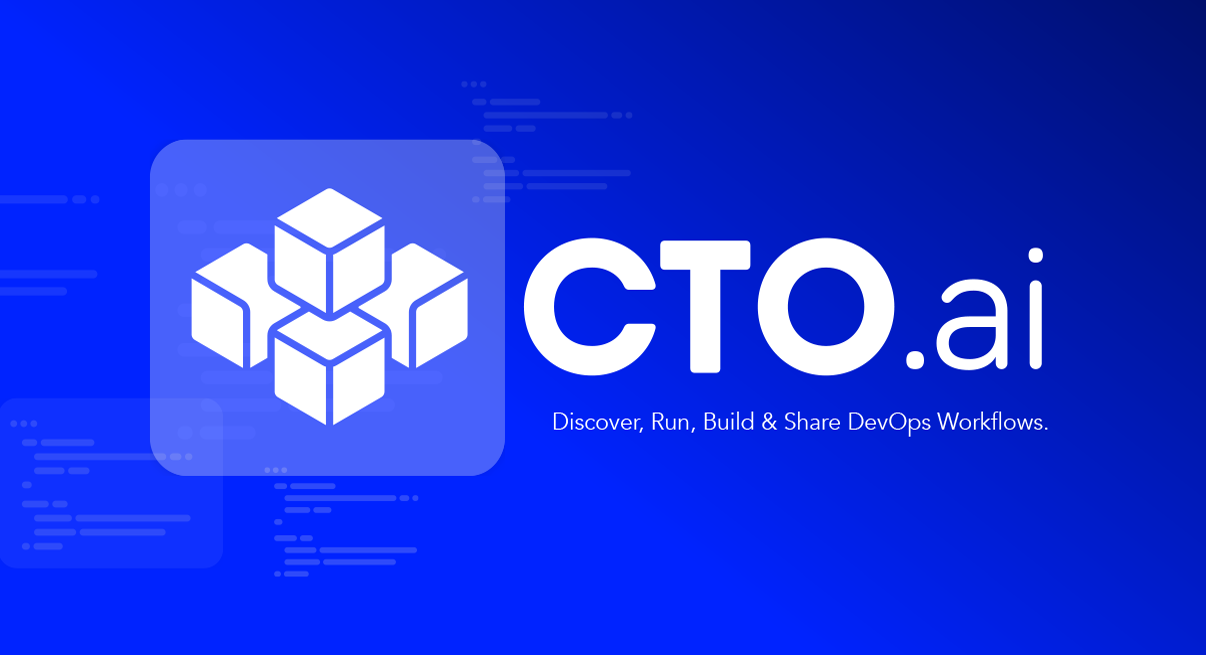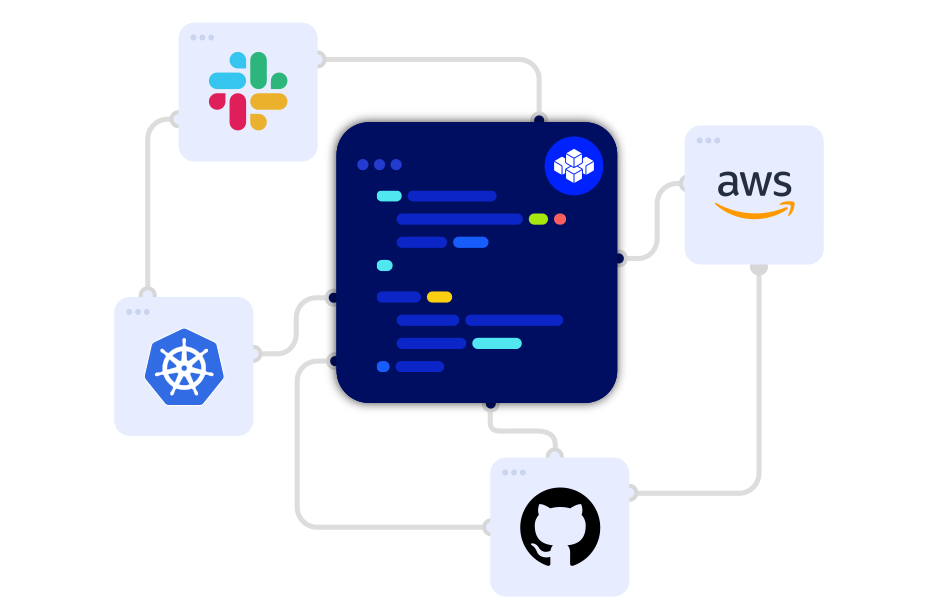Technology
Led by AmazonAlexa, smart speakers& install base is expected to reach 200 million units worldwide by 2020. A quarter of Americans over the age of 12 own a smart speaker, and the majority of those users have more than one device in their home. Moreover, Apple could sell 50 million of its Airpods this year (generating $8 billion in sales) as Bluetooth earpieces explode in popularity.
For the market penetration of this hardware, the app ecosystem remains limited in terms of mainstream adoption. Podcast production and consumption has exploded, but they don&t take advantage of smart speakers and headphones as interactive devices. Even though there were 57,000 Alexa skills available at the end of last year, most people are using smart speakers mainly to check the weather, check the news, ask simple questions and play music.
If voice is a new operating system, where are the opportunities to build giant companies on top of it?
To get a better sense of how the smart money views this market, I asked five VCs who have spent the most time in this space to share which types of startups have captured their attention:
- Matt Hartman, Partner at Betaworks Ventures
- Nicole Quinn, Partner at Lightspeed Venture Partners
- Paul Bernard, Director of the Alexa Fund at Amazon
- Ann Miura-Ko, Partner at Floodgate
- Jordan Cooper, Partner at Pace Capital
Here are their responses:
Matt Hartman, Partner at Betaworks Ventures
The most recent wave of audio was about constant connectivity and streaming, and we invested in Anchor, Gimlet, and other audio-first businesses that would thrive in the podcast renaissance. For the next wave of audio, we&re focused [on] three broad categories: personalization, new behaviors/new interfaces, and monetization. Personalization means both utilizing location, Apple Watch, and other data to create magical audio experiences and customized audio content, but also advances in generative content like Resemble.ai and Descript that can create custom audio.
In terms of new behaviors/new interfaces, people are leaving their Airpods in longer, which means there may be an opportunity for &Airpod-first& product design. Finally, as audio becomes an industry, monetization will be improved and also re-thought: subscription products such as Shine and Headspace are interesting in the context that if they don&t really work as ad-supported podcasts, and they are packaged in such a way that people are willing to pay a monthly or annual subscription.
Nicole Quinn, Partner at Lightspeed Venture Partners
We are in between platforms and itnot clear what the next platform will be. VR and AR are options, but I believe voice will be the next major platform with mass adoption. The biggest hurdle right now is discoverability which in turn leads to engagement and retention issues. This was the same for mobile before the App Store allowed us to discover new apps. We need the same for voice.
We will then see voice move from a music and list creation tool to one which quickly becomes part of popular culture around shopping, games, travel, meditation, etc. Leading audio apps such as Calm, the meditation and sleep app, are already set up to take advantage of the move to voice.
Paul Bernard, Director of the Alexa Fund at Amazon
Alexa got its start in the home, but we knew early on that bringing this experience to customers outside the home would become important. Our investments in companies like North (smart glasses), Vesper (power-efficient microphones) and Syntiant (power-efficient AI chip) were inspired by this vision, and reflect the idea that ambient computing is becoming part of daily life.
These companies are also helping create the surface area for interactive entertainment and information services, such as Drivetimetrivia games (we are an investor there too), and social ones like TTYL, which enables friends wearing earbuds to maintain &audio-presence& with each other throughout their day while they multi-task. We also expect to see innovation in how voice can help seniors aging in place — our recent investment in Labrador Systems, which builds assistive robots, is a good example of this trend.
- Details
- Category: Technology
Read more: Where VCs are looking for voice startup investments
Write comment (91 Comments)Deserve, a credit card startup helping young people establish themselves, as well as a cloud-based credit card platform for businesses, has raised $50 million in a new round of Series C funding led by Goldman Sachs, the company announced today. Others participating in the round include existing investors Sallie Mae, Accel, Aspect Ventures, Pelion Venture Partners and Mission Holdings.
The funds will be put toward Deserve further development of what it calls its &Card as a Service& (CaaS) platform, which helps businesses, brands and others tailor credit card products to their own unique customer bases.
In doing so, Deserve will to some extent compete with other white-labeled and co-branded credit card issuers, like Synchrony Financial and Alliance Data, with its CaaS service aimed at businesses, fintech companies, consumer brands and universities that want to offer their own financial products.
Deserveturnkey, cloud-based and API-based Deserve Credit Platform promises partners the ability to set up a program in as fast as 90 days, instead of the typical 18 to 24 months. It also leverages technology like machine learning alongside traditional financial data and other alternative and proprietary data sources in order to underwrite a larger population — including those who may be new to credit.
This is particularly important as many younger consumers have been avoiding credit cards in the hopes of not being dragged down by debt. Those born in or after 1995, for example, make up only 5% of U.S. consumers who carry credit card debts, reports have said. But as these consumers enter the market for the first time, they&re often choosing credit cards over other credit products, a recent report from TransUnion found. However, without an established credit history, many younger users often fail to qualify for traditional cards.
Thatwhere Deserve can help. In addition to helping consumers quickly apply for credit right from their phones and get approved in minutes, the program also features financial education and other perks like cashback rewards, and incentive programs from Amazon (Prime Student), Mastercard (cellphone protection), Priority Pass (airport lounges) and others — like Deserveown cards offer.
Since its August 2018 fundraising round, Deserve has partnered with clients like Sallie Mae,the New Jersey Institute of TechnologyandHonor Society to help them launch credit cards designed for their specific audiences. Its overall platform today serves more than 100,000 consumers.
With its new investment led by Apple Card partner Goldman Sachs, Deserve plans to further build out its platformtools, APIs and machine learning capabilities with data science and engineering hires, while also expanding its B2B sales and marketing departments.
&Goldman Sachs is supportive of Deservemission to expand access to credit, and to simplify the ability for organizations to offer their own bespoke credit card products,& said Ashwin Gupta, managing director, Goldman Sachs, in a statement. &We believe Deservecard platform will bring meaningful savings and new opportunities to institutions across a range of verticals.&
The funding brings Deservetotal raise to date to around $100 million. The company is not yet profitable, but that could now change.
&This current round will lead us to profitability,& Deserve co-founder and CEO Kalpesh Kapadia claims.
Deserve declined to share its valuation.
Currently, Deserve is a team of 60, but it aims to grow to 100 over the next six months.
- Details
- Category: Technology
Read more: Goldman Sachs leads $50M round for credit card platform Deserve
Write comment (94 Comments)The $399 Mavic Mini lives in a sweet spot of core features and a low price. It packs everything critical to be a quality drone. It has a good camera, good range and a good controller. It holds up well in the wind and is quick enough to be fun. And itso small that you&re more likely to throw it in your bag and take it on Instagram adventures.
The small size is the Mavic Minimain selling point. It weighs 249 grams, and that odd number isn&t an accident. Drones that weight 250 grams and above have to be registered to fly. And yet, even though the Mavic Mini is lightweight and foldable, itpacked with core features: 30-minute flight time, 4 km HD video transmission, three-axis gimbal holding a 2.7K camera and a physical controller that works with Android and iOS devices. At $399, ita lot of drone for the money even though itmissing features found in DJI other drones.
There are more expensive drones packed with a lot of features. I own most of those drones. They&re fun, but several years ago, feature creep started sneaking into DJIproducts. Now, with a convoluted product line, a spreadsheet is needed to decipher DJIdrones. Most come loaded with countless features owners will likely never use. The Mavic Mini is something different. Itbasic, and I dig it.
Herewhatmissing: collision detection, ultra-long-range connection, 4K camera, gesture control and advanced camera features like trackable follow, panoramic, time lapse and optical zoom.
The Mavic Mini is quick enough to be fun, but it won&t win any races. Itresponsive and fast enough. Light and easy. Compared to a Mavic 2, it feels smaller and less powerful — because it is — and yet it never feels too small or underpowered. The Mavic Mini is well-balanced, and owners should find it enjoyable to fly.
Despite its tiny size, the Mavic Mini holds up well in high wind. I took it up to 200m on a windy fall day in the Midwest. The wind was clearing leaves off the trees, and I was bundled up in hat and gloves. It was gusty. The Mavic Mini didn&t care. It took off like a drone much larger and stood tall against the wind. Whatmore, the video didn&t suffer. The gimbal held the camera steady as it recorded the autumn landscape.
The drone uses DJInew app, and I&m using a beta version to test the drone. Called DJI Fly, ita streamlined version of DJI Go and packs several enhancements. Safe fly zones are better integrated into the app and have an additional level of detail over the older app. DJI also offers better built-in support for its social community app, SkyPixel. However, as this version is streamlined, it lacks a lot of information standard on the Go version, most notably, a mini-map in the bottom corner of the screen. I&m hoping DJI adds more features to this app after it launches.
[gallery ids="1907926,1907927,1907929,1907932,1907930,1907931"]
The camera is good for the price. The pictures here were taken from the drone and not altered or adjusted. They were taken on cloudy and sunny days. The range is surprisingly good, as the drone can capture blue skies and dark highlights. Occasionally in direct sunlight, the camera colors become washed out.
They say the best camera is the one you have with you. Thatwhere the Mavic Mini comes in. The best drone is the one you have with you. For years, I lugged around a massive Pelican case containing Phantom 2 and later a Phantom 3. I thought I was the coolest. At a momentnotice, I could go to my cartrunk and retrieve a suitcase containing a flying camera. A few minutes later, after my phone synced to the drone, and the controller joined the dronenetwork, I had 15 minutes of flight time. Then came the foldable Mavic, which fit alongside my camera gear like a large telephoto lens. Other drones came and went. I liked the GoPro Karma for a time.
The tiny Mavic Mini is a game-changer. Itsmall enough that I&ll bring it everywhere. Itsmall and light enough that it feels like a large point and shoot in my computer bag.
Want more features and a better camera but keep the portable size? Earlier this year DJI announced the $919 foldable Mavic Air that has a 4K camera and five-mile video transmission.
The Mavic Mini gets everything right. Itsmall, comes with a lovely case, and in a $499 bundle, two extra batteries with a clever charging pack. The camera is surprisingly good though admittedly less powerful than DJImore expensive drones. The Mavic Mini is the perfect drone for a first-timer or experienced drone enthusiast. DJI stuffs enough features into the 249 gram body to make this a fantastic drone for anyone.
[gallery ids="1907939,1907948,1907954,1907968,1907942,1907934,1907935,1907941"]
DJI Mavic Mini announcement
- Details
- Category: Technology
Read more: DJI Mavic Mini Review
Write comment (93 Comments)
Researchers at MIT have developed a new method of navigation for robots that could be very useful for the range of companies working on autonomous last-mile delivery. In short, the team has worked out how a robot can figure out the location of a front door, without being provided a specific map in advance.
Most last-mile autonomous delivery robots today, including the &wheeled cooler&-style variety that was pioneered by Starship and has since been adopted by a number of other companies, including Postmates, basically meet customers at the curb. Mapping isn&t the only barrier to having future delivery bots go all the way to the door, just like the humans who make those deliveries today.
MIT News points out that mapping an entire neighborhood with the level of specificity required to do true front-door delivery would be incredibly difficult — particularly at national (let alone global) scale. Since that seems unlikely to happen, and especially unlikely for every company looking at building autonomous delivery networks to source separately, they set out to devise a navigation method that lets a robot process cues in its surroundings on the fly to figure out a front doorlocation.
This is a variation on what you may have heard of referred to as SLAM, or simultaneous localization and mapping. The MIT teaminnovative twist on this approach is that in place of a semantic map, wherein the robot identifies objects in its surroundings and labels them, they devised a &cost-to-go& map, which uses data from training maps to color-code the surroundings into a heat map wherein it can determine which parts are more likely to be close to a &front door& and which are not, and immediately chart the most efficient path to the door based on that info.
Ita much, much more simplified version of what we do when we encounter new environments we&ve never seen directly before — you know whatlikely to be the front door of a house you&ve never seen just by looking at it, and you know that essentially because you&re comparing it against your memory of past houses and how those properties have been laid out, even if you&re doing that all without even thinking about it.
Delivery is only one use case for this kind of intelligent local environment mapping, but ita good one that might see actual commercial use sooner rather than later.
- Details
- Category: Technology
Read more: MIT develops a way for autonomous delivery robots to find your front door
Write comment (100 Comments)
Sila Technologies, the battery materials company that has partnered with BMW and Daimler, landed $45 million in new funding and hired two high-profile executives, including Kurt Kelty, who led the battery cell team at Tesla for more than a decade.
Kelty, who was on Sila Nanoadvisory board, has been appointed vice president of automotive, according to Sina Nanotechnologies. The company also hired Bill Mulligan, the former executive vice president of global operations at SunPower, as its first COO.
Kelty was most recently senior vice president of operations at indoor vertical farming company Plenty . But he was best known for his time at Tesla, where he was considered a critical link between the automaker and battery cell partner Panasonic.
&As part of Sila Nanoadvisory board, I&ve seen the results of the breakthrough battery chemistry firsthand and I could not pass up the opportunity to take it a step further and lead the companyautomotive partnership efforts,& Kelty said in a statement.
The company said Monday that an additional $45 million in investment came from Canada Pension Plan Investment Board, bringing its total funding to $340 million. Earlier this year, Sila Nano secured $170 million in Series E funding led by Daimler AG.
This latest investment and expanded leadership team comes as the company, which is valued at more than $1 billion, aims to bring its first batteries to market.
Sila Nanotechnologies has developed a drop-in silicon-based anode that replaces graphite in lithium-ion batteries without requiring changes to the manufacturing process. The company claims that its materials can improve the energy density of batteries by 20% and has the potential to reach 40% improvement over traditional li-ion.
Herewhat that all means.
A battery contains two electrodes. Therean anode (negative) on one side and a cathode (positive) on the other. An electrolyte sits in the middle and acts as the courier that moves ions between the electrodes when charging and discharging. Graphite is commonly used as the anode in commercial lithium-ion batteries. However, a silicon anode can store a lot more lithium ions.
The basic premise — and one that others are working on — is this: by replacing graphite in the cell with silicon, there would be more space to add more active material. This would theoretically allow you to increase the energy density — or the amount of energy that can be stored in a battery per its volume — of the cell.
Using silicon also helps reduce costs. In the end, the battery would be cheaper and have more energy packed in the same space.
The company says its innovative approach can be used in consumer electronics like wireless earbuds and smartwatches as well as electric vehicles — and even energy storage for the grid.
The company started building the first production lines for its battery materials in 2018. That first line is capable of producing the material to supply the equivalent of 50 megawatts of lithium-ion batteries, Sila Nanotechnologies CEO Gene Berdichevsky, an early employee at Tesla who led the technical development of the automakerRoadster battery system, told TechCrunch back in April.
Sila Nanotechnologies said Monday that it will continue to ramp up production volume and plans to supply its first commercial customers in consumer electronics within the next year. The company also said it plans to go to market with battery partner Amperex Technology Limited and automotive partners BMW and Daimler.
- Details
- Category: Technology
Read more: Battery tech startup Sila Nano lands $45 million and Tesla veteran Kurt Kelty
Write comment (100 Comments)Theretoo much hype about mythical &10X developers.& Everyonedesperate to hire these &ninja rockstars.& In reality, itsmarter to find ways of deleting annoying chores for the coders you already have. Thatwhere CTO.ai comes in.
Emerging from stealth today, CTO.ai lets developers build and borrow DevOps shortcuts. These automate long series of steps they usually have to do manually, thanks to integrations with GitHub, AWS, Slack and more. CTO.ai claims it can turn a days-long process like setting up a Kubernetes cluster into a 15-minute task even sales people can handle. The startup offers both a platform for engineering and sharing shortcuts, and a service where it can custom build shortcuts for big customers.

Whatremarkable about CTO.ai is that amidst a frothy funding environment, the 60-person team quietly bootstrapped its way to profitability over the past two years. Why take funding when revenue was up 400% in 18 months? But after a chance meeting aboard a plane connected its high school dropout founder Kyle Campbell with Slack CEO Stewart Butterfield, CTO.ai just raised a $7.5 million seed round led by Slack Fund and Tiger Global.
&Building tools that streamline software development is really expensive for companies, especially when they need their developers focused on building features and shipping to customers,& Campbell tells me. The same way startups don&t build their own cloud infrastructure and just use AWS, or don&t build their own telecom APIs and just use Twilio, he wants CTO.ai to be the &easy button& for developer tools.

Teaching snakes to eat elephants
&I&ve been a software engineer since the age of 8,& Campbell recalls. In skate-punk attire with a snapback hat, the young man meeting me in a San Francisco Mission District cafe almost looked too chill to be a prolific coder. But thatkind of the point. His startup makes being a developer more accessible.
After spending his 20s in software engineering groups in the Bay, Campbell started his own company, Retsly, that bridged developers to real estate listings. In 2014, it was acquired by property tech giant Zillow, where he worked for a few years.

Thatwhen he discovered the difficulty of building dev tools inside companies with other priorities. &Itthe equivalent of a snake swallowing an elephant,& he jokes. Yet given these tools determine how much time expensive engineers waste on tasks below their skill level, their absence can drag down big enterprises or keep startups from rising.
CTO.ai shrinks the elephant. For example, the busywork of creating a Kubernetes cluster such as having to the create EC2 instances, provision on those instances and then provision a master node gets slimmed down to just running a shortcut. Campbell writes that &tedious tasks like running reports can be reduced from 1,000 steps down to 10,& through standardization of workflows that turn confusing code essays into simple fill-in-the-blank and multiple-choice questions.

The CTO.ai platform offers a wide range of pre-made shortcuts that clients can piggyback on, or they can make and publish their own through a flexible JavaScript environment for the rest of their team or the whole community to use. Companies that need extra help can pay for its DevOps-as-a-Service and reliability offerings to get shortcuts made to solve their biggest problems while keeping everything running smoothly.
5(2X) = 10X
Campbell envisions a new way to create a 10X engineer that doesn&t depend on widely mocked advice on how to spot and capture them like trophy animals. Instead, he believes one developer can make five others 2X more efficient by building them shortcuts. And it doesn&t require indulging bad workplace or collaboration habits.
With the new funding that also comes from Yaletown Partners, Pallasite Ventures, Panache Ventures and Jonathan Bixby, CTO.ai wants to build deeper integrations with Slack so developers can run more commands right from the messaging app. The less coding required for use, the broader the set of employees that can use the startuptools. CTO.ai may also build a self-service tier to augment its seats, plus a complexity model for enterprise pricing.

Now ittime to ramp up community outreach to drive adoption. CTO.ai recently released a podcast that saw 15,000 downloads in its first three weeks, and itplanning some conference appearances. It also sees virality through its shortcut author pages, which, like GitHub profiles, let developers show off their contributions and find their next gig.
One risk is that GitHub or another core developer infrastructure provider could try to barge directly into CTO.aibusiness. Google already has Cloud Composer, while GitHub launched Actions last year. Campbell says its defense comes through neutrally integrating with everyone, thereby turning potential competitors into partners.
The funding firepower could help CTO.ai build a lead. With every company embracing software, employers battling to keep developers happy and teams looking to get more of their staff working with code, the startup sits at the intersection of some lucrative trends of technological empowerment.
&I have a three-year-old at home and I think about what it will be like when he comes into creating things online,& Campbell concludes. &We want to create an amazing future for software developers, introducing automation so they can focus on what makes them such an important aspect. Devs are defining society!&
[Image Credit: Disney/Pixar via WallHere Goodfon]
- Details
- Category: Technology
Read more: CTO.ai’s developer shortcuts eliminate coding busywork
Write comment (95 Comments)Page 447 of 5614

 13
13